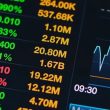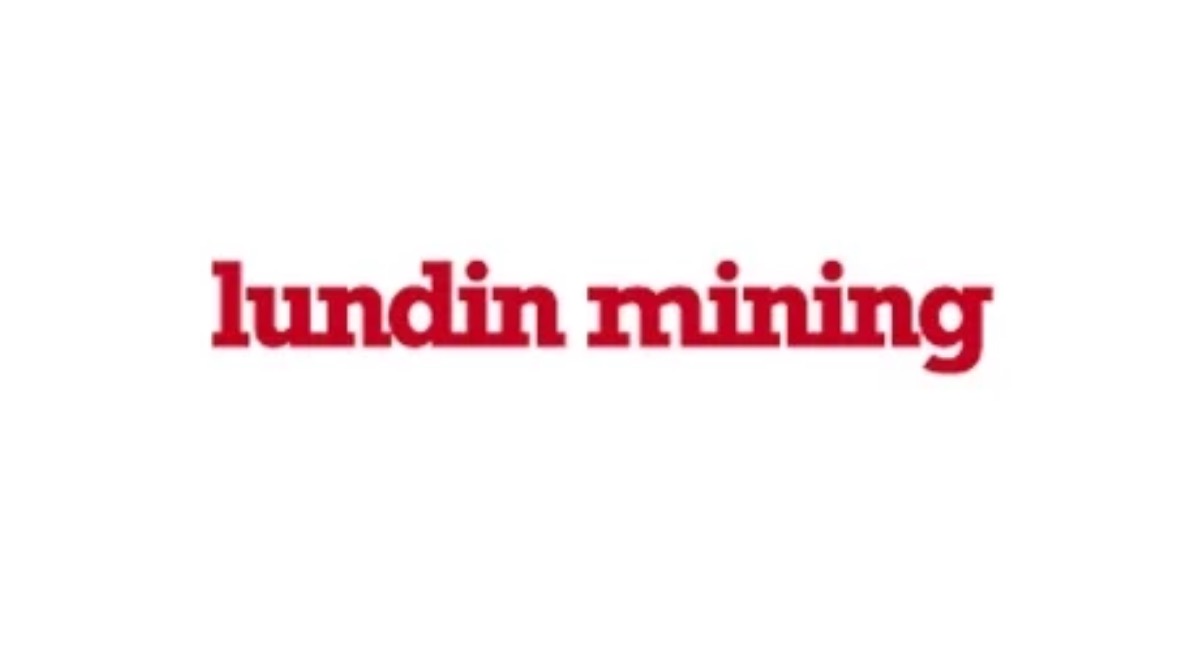by Hubert Marleau, Market Economist, Palos Management
March 17, 2024
After a seriously missed January reading on inflation, the February report added evidence that it will be difficult to get it back to the Fed’s 2% target.
It has been a sticky start for consumer prices this year. The headline and core Consumer Price Index (CPI) was up 3.2% and 3.8% y/y respectively, with shelter once again being the main culprit. Excluding shelter, however, which is a lagging component of the CPI and a flawed gauge of current market rents, the CPI was up a more respectable 1.8% at the headline level and 2.2% at core level. Indeed, recent data has shown the Adobe Digital Price Index down 5.9% y/y in February. Meanwhile, the Truflation number dropped as low as 1.7% y/y a few days ago. Admittedly, the 0.6% m/m surge in the Producer Price Index (PPI), which topped expectations, was a negative surprise. Nonetheless, it does suggest that disinflation has come to aan end: the PPI was up only 0.3% y/y.
It is true, however, that this jump is not likely to lead to a new wave of inflation because it was concentrated in food and energy, and the average consumer is losing momentum. Wages and savings of lower and middle-income households have receded, as exemplified in higher credit card delinquencies, mortgage defaults and arrears in auto loans.
Regardless, it has not prevented the S&P 500 from reaching another record-breaking session, hitting 5175 on Tuesday. This was probably based on the notion that the economy may not even need 2% inflation. While the numbers offer a degree of validation and backing for the Fed’s official, cautious diction on rate cuts, the fact remains that the Fed is on record that it will not leave things alone should an actual recession become a threat.
With equities perched near record highs amid a dearth of fresh catalysts, there’s legitimate concern that they may be overheating or overvalued, in spite of a “virtual cycle,” technology-inspired productivity boom. Perhaps there shouldn’t. B of A’s Savita Subramanian has a rational explanation why current P/E multiples (20x) are much higher than the historical average (16x). She claims that there has actually been a structural change in the economy that supports higher P/Es than what we have been accustomed to. “40 years ago, around 70% of the S&P benchmark was in asset-intensive sectors like financial, real estate and manufacturing. Today 50% of the index is in asset-light, innovation-oriented stocks, mostly in technology and healthcare.”
Manish Kabra, Society General’s head of US equity strategy, says investors should run with the bulls, arguing that stocks are some ways from over-exuberance because the market is undergoing a profit inflection. He has pencilled in a 5% increase in earnings for 2024, the first increase in 2 years, and no less than 15% in 2025. His bubble math shows that the S&P 500 could reach 6250 before tipping into irrational exuberance. He may be right: during the 2000-boom, the S&P 500 traded at 25 times 12-month forward earnings versus the current 20 times.
The stock market was nervous last week, reflecting concerns on how the $5 trillion worth of options contracts that came due on Friday were going to be handled by traders, given that bond traders had pared their bets for Fed rate cuts to 3 this year, matching policymakers’ projections of last December.
In this context, and given that some $6 trillion in cash is still sitting around on the sidelines, waiting to be deployed, staying in and buying dips may indeed be the appropriate strategy.
P.S. 2 I’m on a cruise ship until March 22. There will be fewer letters (unedited plus short and sweet.)
Copyright © Palos Management













